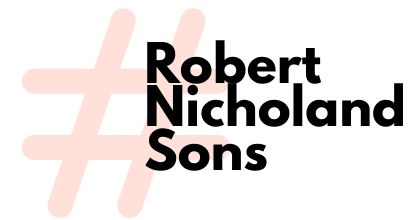Learning how to operate a sewing machine may seem intimidating at first, but once you get used to using one it becomes much simpler.
This basic machine only produces a straight stitch; modern machines offer far greater versatility. Learning how to thread a machine correctly is the cornerstone of sewing success. Look out for the best embroidery machine for beginners.
Needle and Thread
Needle of a sewing machine are thin, sharp needles that pierce fabric and create stitches. Selecting an ideal needle for your project is key in order to produce seamless seams.
Thread selection is of equal importance; the ideal thread should glide smoothly through the eye of a needle. Threading may be tricky for those with poor eyesight; however, with practice and patience it becomes much simpler.
As part of your sewing regimen, take note that needles should be regularly changed, particularly after several hours of sewing time. Doing this will prevent skipped stitches and potential fabric damage from occurring.
Thread Guide
As part of threading your sewing machine, the initial step involves threading its spool pin or holder and following its guide for this part.
Take up lever: When passing thread down into a deep groove on the front of the machine and up through a take-up lever at the top, this will catch it both ways as needle moves down or up.
The thread-introducing grooves on the cover are connected with lever thread introducing portion 42 from the rear side and are inclined so as to form an angle of about 80deg with vertical plane. A thread fall-off preventing member is also placed near thread introducing portions on both thread holding portions.
Bobbin
Bobbins are small wheel-shaped cylinders that serve as an additional source of thread to your machine. They hold lower thread that, when combined with upper thread from a spool pin, creates a lock stitch stitch when sewing with your machine.
Modern sewing machines use drop-in or front loading bobbins that drop directly into a compartment under the needle plate (drop-in), or they are placed into a metal case before being dropped in (front loading). Be sure to select a size compatible with your machine – using incorrect ones could damage it!
Ruffles and Stuff has an informative guide with pictures and step-by-step instructions on winding bobbins, while Singer has created this video explaining how to use its front loading bobbin case on machines.
Needle Clamp Screw
If your needle keeps coming loose from its clamp, there could be several possible causes: one could be that you tightened the screw manually but did not tighten it enough, while overtightening could have fractured either its pin or body and caused irreparable damage to both.
The needle clamp screw is a flat head screw with a flat head design that must be unloosened with a screwdriver in order to insert a needle. Constructed from durable metal materials that can withstand constant movement and high speeds of the sewing machine, its knob is made from a lightweight synthetic plastic resin material and should remain undamaged over time.
Thread Take-Up Lever
Thread can cling or coil around this part of a machine even if it has not broken, for example when using fluffy or hard-twist thread. This phenomenon often results from using fluffy or hard-twist yarn in such machines.
If this occurs, it’s wise to first examine for any debris such as fabric scraps that might clog your machine and raise the presser foot slightly in order to allow tension discs to take in thread. This should help ensure both top and bobbin thread are fed through properly before beginning sewing again; if this still doesn’t work then professional assistance might be required.
Foot Pedal
Foot pedals are essential components of any sewing machine. Their simple mechanism enables it to quickly increase or decrease work speed as desired, as well as producing a rhythmic hum sound that relaxes you so you can concentrate more fully on your tasks.
This part is also commonly known as a foot lever, foot switch, treadle or pedal. To maintain efficient functioning of this component, try lubricating its mechanical parts regularly and ensure its connection with electrical circuits; otherwise your work could suffer significantly; for this reason it is advisable to invest in top-quality electrical connectors and foot pedals.
